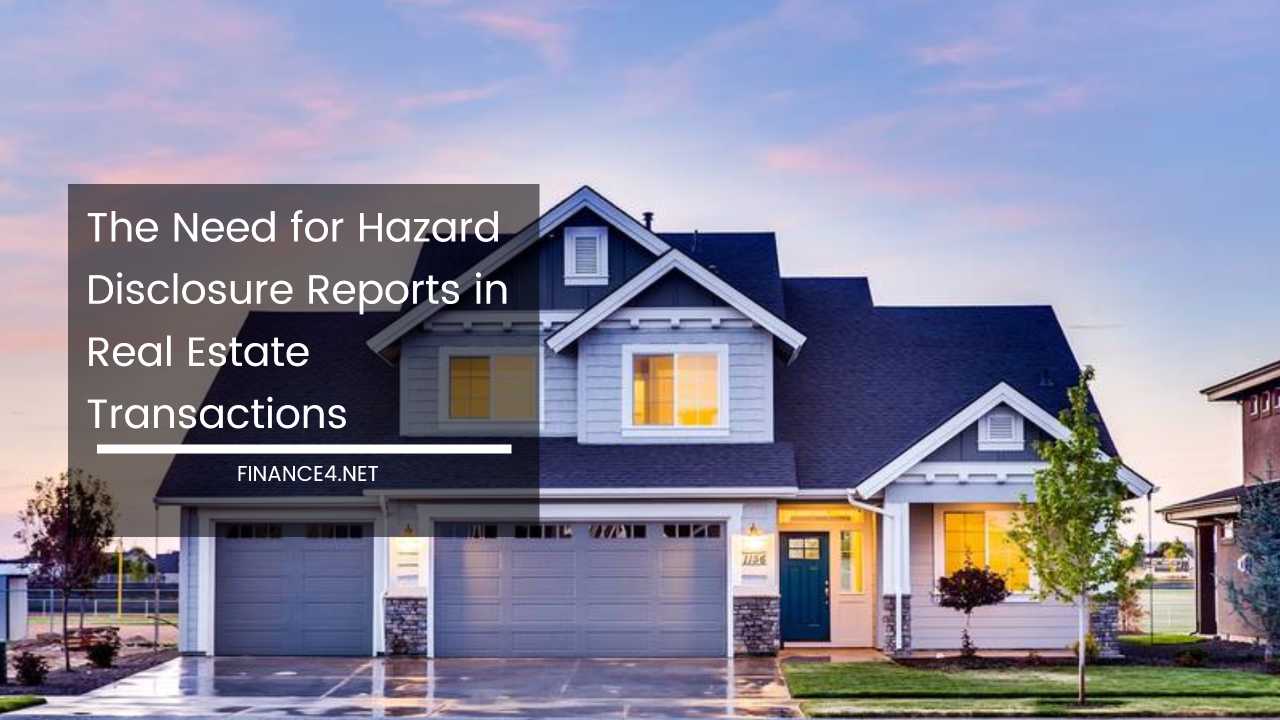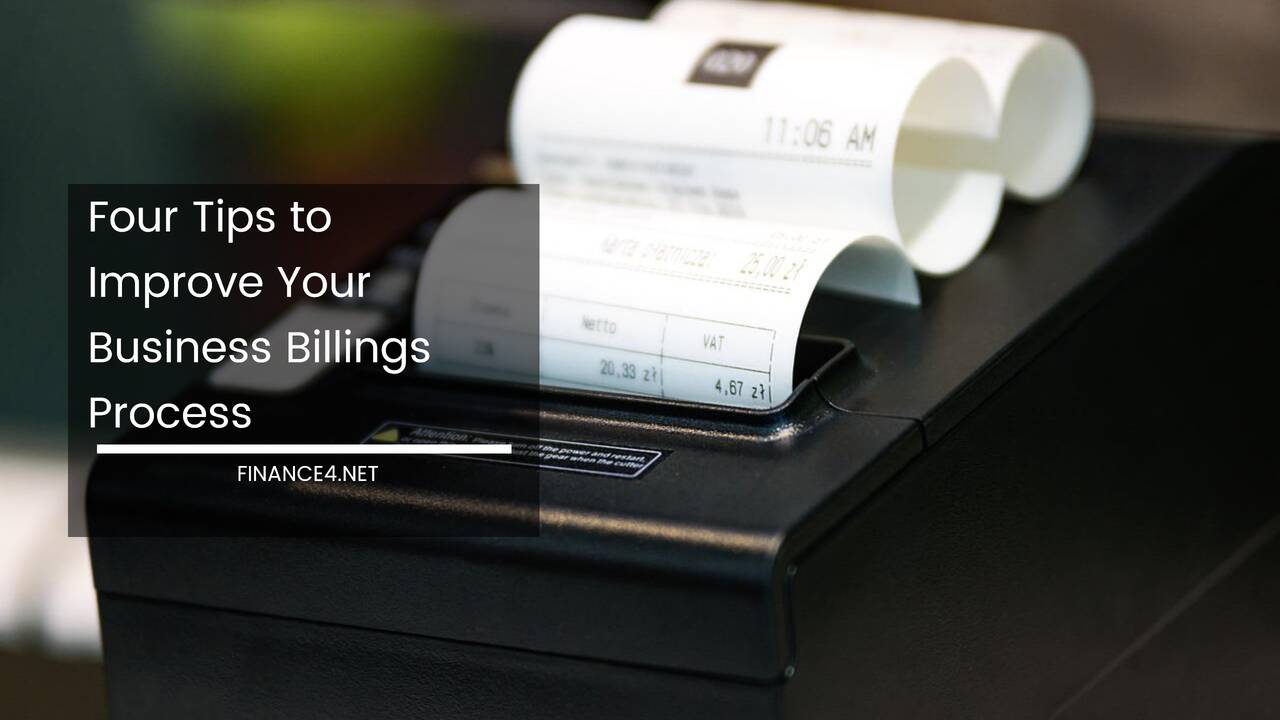Why Hazard Disclosure Reports Matter in Real Estate

The Imperative of Hazard Disclosure Reports in Real Estate Transactions: Empowering Informed Decisions
While real estate agents naturally present properties in their most flattering light, every house, condo, or commercial building carries its own set of potential drawbacks. In this competitive market, transparency reigns supreme.
Disclosing potential hazards that could impact the property’s value, safety, or habitability becomes not just an ethical obligation, but a legal necessity.
A Navigational Compass: The Legal Landscape of Disclosures
The legal framework surrounding real estate transactions is a intricate web of disclosure requirements. These requirements vary depending on the property type (residential or commercial) and specific exemptions. Federal laws set a baseline, but state and local ordinances often add additional layers of complexity. Understanding these legalities is paramount for both buyers and sellers.
Failing to disclose known issues can lead to lawsuits, financial penalties, and reputational damage for sellers. Conversely, for buyers, comprehensive disclosures empower them to make informed decisions that align with their long-term goals and risk tolerance.
Beyond the Obvious: A Comprehensive Approach to Hazard Disclosure
Hazard disclosure reports are more than just a checklist of potential natural disasters. While earthquakes, floods, landslides, hurricanes, and tornadoes are significant considerations, these reports delve deeper to expose a broader spectrum of potential risks.
Soil composition reports can reveal the presence of naturally occurring asbestos or other hazardous materials that could pose health risks or impact construction costs.
Additionally, the report might identify the property as lying within a protected habitat, potentially hindering future development plans. Fire hazard susceptibility is another crucial element, allowing buyers to assess the risk of wildfires and associated insurance costs.
Ensuring Transparency: The Disclosure Process in Action
Statutory natural hazard disclosure reports are typically procured by the seller from a neutral third-party professional. This unbiased approach minimizes the potential for bias and ensures a thorough assessment of the property.
The report details the identified risks, encompassing the likelihood and severity of each hazard. Upon completion, the report is signed by the seller, buyer, and their respective real estate agents.
This collaborative process establishes a clear understanding of the property’s vulnerability to various threats, fostering trust and transparency throughout the transaction.
Beyond Natural Hazards: A Broader Spectrum of Disclosures
While natural hazards are a significant consideration, real estate transactions involve a range of additional disclosure requirements. Here’s a closer look at some key areas:
-
Smoke Detector Compliance Disclosure: This report verifies the functionality and compliance of smoke detectors within the property. Smoke detectors are crucial life-saving devices, and regulations regarding their placement and minimum number of units can vary by location. This disclosure ensures buyer safety by confirming the property meets all relevant fire safety codes.
-
Property Tax Disclosures: Sellers are obligated to disclose the property’s tax bracket, particularly if situated in an area with special tax assessments. This includes potential future tax increases or additional bonds that might impact ownership costs. By understanding the complete financial picture, buyers can make informed decisions about affordability and long-term budgeting.
-
Environmental Hazard Disclosure: Sellers have a responsibility to disclose any known environmental hazards that could pose a threat to the property or its occupants. This can include the presence of radon gas, asbestos, lead paint, contaminated soil or water, and more. Exposure to these hazards can have serious health consequences, and their presence can significantly impact property value and renovation costs.
-
Mold Disclosure Form: While not universally mandated, some regions require mold disclosure reports. Mold can cause respiratory problems and structural damage. Typically, during a physical inspection, the buyer may choose to conduct a separate mold test at their own expense. A disclosure report, however, ensures transparency and allows buyers to factor in potential remediation costs.
Seeking Expert Guidance: Navigating the Complexities
Hazard disclosure reports, while crucial, can be intricate documents. Buyers are encouraged to consult with legal counsel, particularly in areas with complex disclosure requirements.
An attorney can help interpret the disclosures, advise on potential risks, and guide clients towards making informed decisions throughout the transaction process.
Additionally, for complex environmental hazards like asbestos or contaminated soil, consulting a qualified environmental professional can provide a more detailed assessment and mitigation plan.
The Benefits of Transparency: Fostering Trust and a Smooth Transaction
By implementing a comprehensive disclosure system, including robust hazard disclosure reports, we create a more transparent real estate market. This benefits both buyers and sellers.
-
Empowered Buyers: Buyers gain valuable knowledge about the property’s strengths and weaknesses, enabling them to make well-informed decisions that align with their risk tolerance and long-term plans. They can factor in potential mitigation costs for identified hazards and negotiate a fair price.
-
Protected Sellers: Sellers who fulfill their disclosure obligations are shielded from future legal challenges. By being upfront about potential issues, they demonstrate good faith and build trust with buyers.
The Ripple Effect of Transparency: Beyond the Immediate Transaction
The positive impact of comprehensive hazard disclosure reports extends beyond the immediate transaction, fostering a healthier real estate market and responsible development practices.
Empowering Communities:
-
Informed Investment Decisions: When potential hazards are transparently disclosed, communities gain valuable insights into their risk profiles. This information empowers residents and local authorities to make informed decisions regarding land use, development projects, and infrastructure investments. For example, knowing a specific area is prone to flooding can influence decisions about building regulations, flood mitigation strategies, and emergency preparedness planning.
-
Preserving Property Values: By identifying potential hazards, disclosure reports can guide development projects towards more sustainable and resilient practices. This proactive approach can minimize future damage from natural disasters and environmental concerns, ultimately protecting property values across the community.
Promoting Sustainable Practices:
-
Responsible Development: Disclosure reports can highlight areas with sensitive ecosystems or potential environmental contamination. This information can deter irresponsible development projects and encourage the adoption of sustainable practices that minimize environmental impact.
-
Risk-Based Insurance Premiums: With a clearer understanding of local hazards, insurance companies can implement more accurate risk-based pricing models. This translates to fair and competitive insurance rates for property owners, reflecting the true risk profile of their location.
The Road to a Healthier Market: Continuous Improvement
While hazard disclosure reports are a cornerstone of transparency in real estate transactions, room for improvement exists.
-
Standardization and Consistency: Currently, disclosure requirements vary significantly across jurisdictions. Implementing standardized nationwide disclosure forms and processes would streamline the process for all parties involved and minimize confusion.
-
Technological Advancements: Technological advancements like geospatial mapping and data analytics can be harnessed to create more comprehensive and dynamic hazard disclosure reports. These reports could provide real-time information on flood zones, historical weather patterns, and potential environmental risks.
-
Public Education and Awareness: Raising public awareness about the importance of hazard disclosure reports empowers both buyers and sellers to participate actively in the disclosure process. Educational initiatives can help them understand the reports, ask informed questions, and make well-informed decisions.
Final Thoughts: A Shared Responsibility
Hazard disclosure reports are not simply a regulatory hurdle; they represent a commitment to transparency and shared responsibility within the real estate market.
By fostering informed decision-making, empowering communities, and promoting sustainable practices, comprehensive disclosure reports pave the way for a more informed, resilient, and ultimately, a healthier real estate landscape for all stakeholders.



